Bukhara Blitzkrieg Frunze
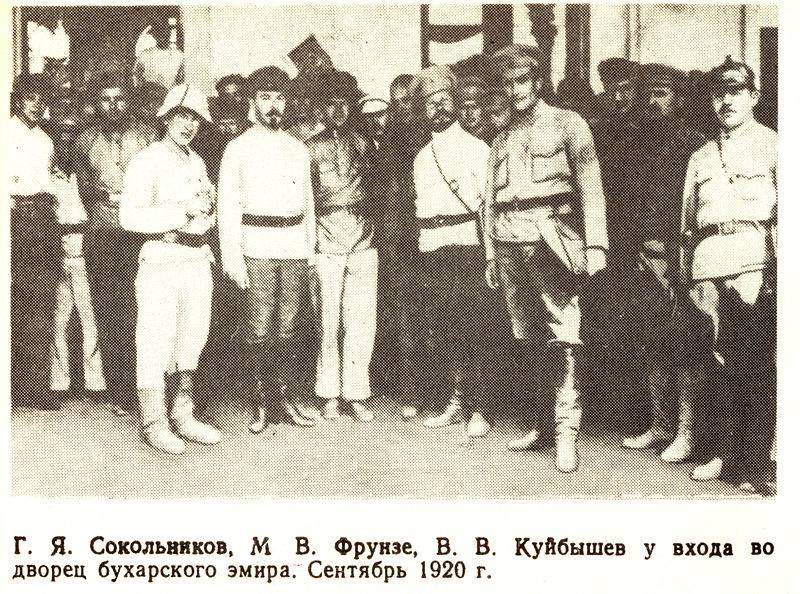
100 years ago, the Red Army carried out a lightning-fast Bukhara operation. Soviet troops under the command of Frunze took Bukhara by storm and liquidated the Bukhara Emirate.
On September 2, Frunze sent Lenin a telegram, which said:
General situation. Defeat of opponents of Soviet power
In addition to the Far Eastern, Polish and Crimean fronts, in the summer of 1920, there was another active front of the Civil War - Turkestan. Since August 1919, the Red Turkestan Front was headed by Mikhail Frunze. He was the plenipotentiary representative of the All-Russian Central Executive Committee and the Council of People's Commissars and was a real regional "king" in Turkestan. Mikhail Vasilyevich was able to show himself in the role of the real ruler of the East: he led a cunning policy, fought, arranged magnificent holidays and grandiose hunts.
In early 1920, the Red Army suppressed the White Guards in the Trans-Caspian region. In the spring of 1920, the Khiva Khanate was liquidated. Instead, the Khorezm People's Soviet Republic was created. After the White Guards in Semirechye were finally defeated by the beginning of 1920, Frunze was able to defeat the Basmachs. The Basmak movement, which could never become a unified force, was split. In March 1920, an entire "army" of Basmachi under the command of Madamin Bek went over to the side of the Red Army. The "irreconcilable" killed Madamin Bek, but the deed was already done. In 1920 (according to other sources, in 1921), one of the main leaders of the Basmachi, Irgash (Ergash-kurbashi), was killed in civil strife. Seeing that the enemy was greatly weakened, Frunze sharply changed his policy towards the Mujahideen. From flirting with the kurbashi (the leaders of the Basmachi) and luring them to his side, he went over to the struggle for destruction. He ordered to destroy the Basmachi network of agents, severely punish for supplying bandits.
The Andijan-Osh battle area, the Tatar and international brigades of former prisoners of war were formed. The front was reinforced with artillery, armored cars and armored trains. The Tatar brigade drove into the mountains and destroyed the Khal-Khodja bandit formation. At the Naryn station, Bagramov's gang was blocked and destroyed, part of them were killed, 2 thousand people were taken prisoner. The national, clan factor, traditions of blood feud and discord between the locals were taken into account. Flying detachments were formed from the local Russians who knew the local conditions well. After the death of Madamin Bek, Frunze quickly restored order among “his own” Basmachi. The 1st Turkic regiment was summoned to Andijan, blocked and, after a short battle, disarmed. Fighters of various "field commanders" were mobilized into the Red Army. All anti-Soviet riots were suppressed.
Measures were taken against a possible invasion of the Orenburg and Semirechye White Cossacks, who fled to China. Ordinary Cossacks were persuaded to forget all the past, to return home. A significant part of ordinary Cossacks, yearning for their native villages, returned. Some of the Cossacks left to fight in the Far East. As a result, the white command was unable to create a new white army in China (Xinjiang). General Dutov in 1921 was killed by agents of the Cheka. General Bakich, who after the assassination of Dutov became the commander of the Orenburg army, was defeated and captured in Mongolia. In 1922 he was executed. General Annenkov was arrested by the Chinese authorities.
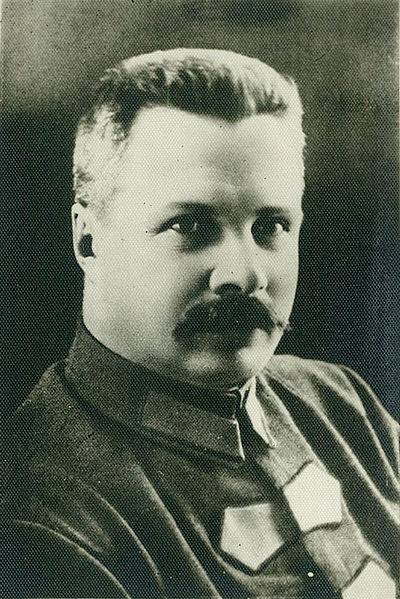
Bukhara Emirate
The emirate existed on the territory of the modern states of Uzbekistan, Tajikistan and part of Turkmenistan. In 1868 Bukhara became a vassal to Russia. The last emir of Bukhara in 1910 was Seyid Alim Khan. After the February Revolution, Bukhara gained independence. In 1918, the Bolsheviks and Young Bukharians (Islamic party) tried to take Bukhara, but the attack failed. After that, the Soviet government confirmed the independence of the emirate.
However, Moscow was not going to abandon Bukhara. The emirate remained the last major anti-revolutionary center in Central Asia. Anti-Soviet elements, the remnants of counter-revolutionaries defeated by the Bolsheviks in Turkestan, were concentrated around him. The emir relied on the reactionary clergy, merchants and feudal lords, who parasitized on the peasantry (downtrodden and dark). Bukhara lived in trade, mainly in astrakhan skins. The emir had a monopoly on this trade, which brought great profits. England was eyeing Bukhara, wishing to strengthen its positions in Central Asia and get a new anti-Soviet foothold.
The rear communications of the 1st Soviet Army of the Turkestan Front, which reached the borders of Persia and the shores of the Caspian Sea, ran through the territory of the hostile Bukhara Emirate and, therefore, were under direct threat. In addition, the war with Poland, the continuation of the civil war on the Crimean and Far Eastern fronts demanded a quick and final pacification of Turkestan.
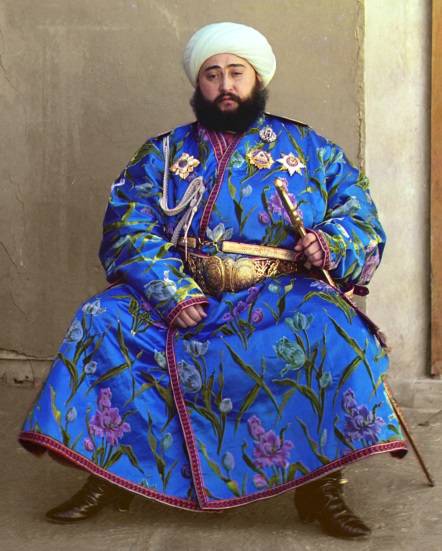
Bukhara revolution
After the destruction or weakening of the main opponents in Turkestan, Frunze began to prepare a war with Bukhara. Peace talks were unsuccessful. Therefore, the power scenario became the main scenario. Amudarya flotilla was reinforced to 38 pennants with 26 guns on board. It was reinforced by a detachment sent from Samara. The flotilla was supposed to block communications from Bukhara along the Amu Darya to Afghanistan. As a result, the Bukhara emir Seyid Alim Khan lost all possible help.
Even during the years of the existence of the Russian Empire, the Bukhara Emirate was within the Russian customs line. A railway passed through the emirate, along it were located Russian settlements and stations, which had the right of extraterritoriality, did not obey local laws. They were used to form the "fifth column". Through them money went to the emirate, weapon, ammunition and campaign materials. The opponents of the emir were hiding in them. The Bolsheviks won over to their side the left wing of the Islamic (with a national-democratic bias) party of the Young Bukharians. The youth revolutionaries were headed by Fayzulla Khojaev. The Bukhara Communist Party (BKP) was also active. The local Communist Party numbered about 5 thousand people and 20 thousand sympathizers.
Communists and Young Bukharians were actively preparing for an uprising. Armed squads were created. On June 24, 1920, the Turkic Commission established the Revolutionary Military Bureau to guide the preparation and conduct of the revolution. It included Kuibyshev, Frunze, Geller, chairman of the Central Committee of the Communist Party of Turkestan Tyuryakulov, chairman of the Central Committee of the BKP N. Khusainov, chairman of the Central Bureau of the Young Bukharian Revolutionary Party Khodzhaev. They also formed a Party center for the leadership of the revolution in Bukhara (Kuibyshev, Khusainov, Khodjaev), which established the Revolutionary Committee and the Provisional Council of People's Nazirs (Commissars) of Bukhara. At the congress of the BKP in Chardzhui on August 16-18, 1920, a course was set for the uprising and overthrow of the emir. The congress appealed for military assistance to the Turkic Commission. The Bukhara Red Army is being formed in the extraterritorial settlements. By the time of the uprising, it numbered 5-7 thousand soldiers.
The Bukhara Emirate tried to resist. Since the spring of 1920, the Bukhara clergy have been preaching a holy war against the "infidels." The Emir forbade Soviet citizens to leave their settlements. Then he ordered to fill up irrigation ditches supplying water to Russian villages. Forbidden the peasants to sell food to the Russians. By this, Seyid Alim Khan tried to oust the Russians from the Bukhara Emirate. He began to mobilize the army. The troops were trained by the White Guards. The regular army was brought up to 16 thousand people with 23 guns and 16 machine guns. The Emir's army occupied the area of Old Bukhara with its main forces, and Khatyrchi, Kermine, and other places in separate detachments. Also, the emir was supported by large forces of local feudal lords-beks - over 27 thousand people, 32 guns. The troops of the feudal lords occupied the Kitab - Shakhrisabz (Shakhrisabz) area, covering the Takhta - Karacha pass. The shortest and most convenient way from Samarkand inland passed through this pass. In general, the troops of the emir could number 45-60 thousand people. The artillery of the emirate consisted mainly of outdated models such as smooth-bore cast iron cannons that fired cast iron or stone cannonballs.
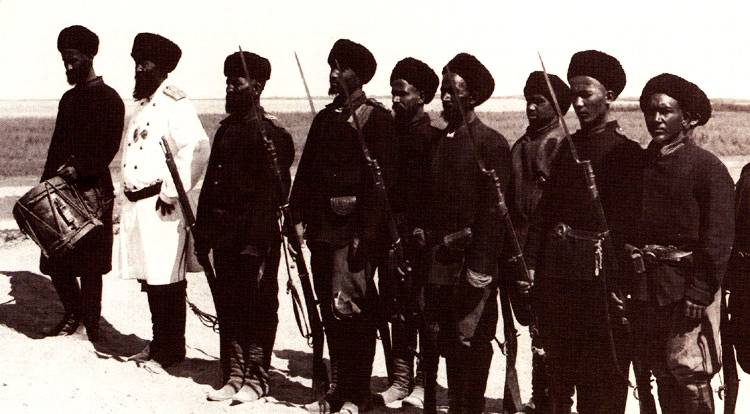
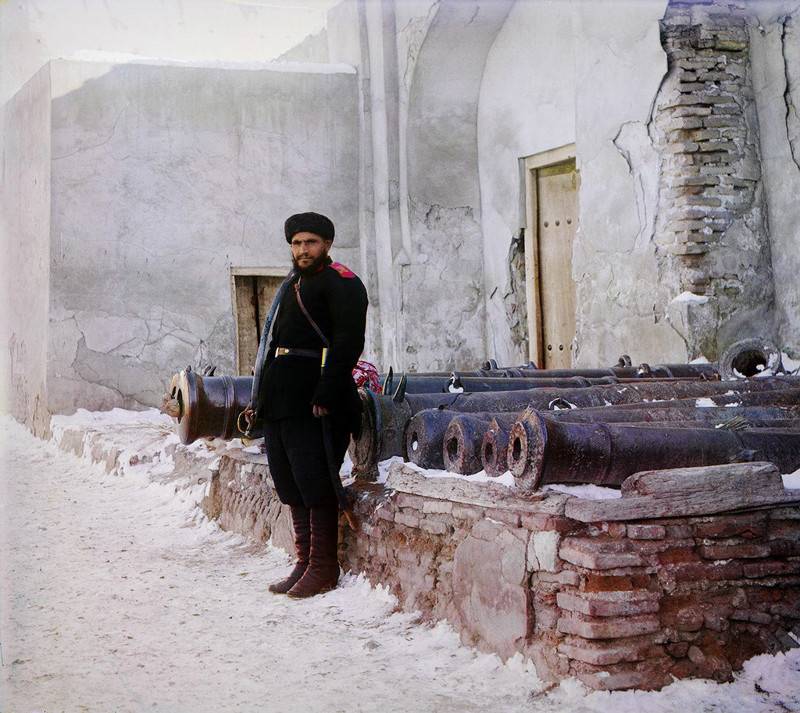
Storm of Bukhara
The Soviet command could not allocate significant forces for the operation. The troops were supposed to protect the vast land borders of Soviet Turkestan (several thousand kilometers), fight the Mujahideen in Fergana, crush the riots in Semirechye, garrison in the most important points, defend Khorezm, etc. Therefore, relatively small forces took part in the Bukhara operation. The command of the Turkestan Front allocated 8-9 thousand bayonets and sabers, 46 guns, 230 machine guns, 5 armored trains, 10 armored cars and 12 aircraft for the operation. The offensive was also supported by the Bukhara Red Army. The Red Army had a qualitative and technical advantage on its side. The fired on Red Army soldiers with experience of world and civil wars against poorly trained and poorly disciplined soldiers of the emir and beks. Modern guns, armored cars, armored trains and aircraft against medieval troops.
As tensions grew, the emir ordered to dismantle the railway - "the source of all troubles." However, armored trains cruised along it and suppressed any attempt to get to the road with fire. The troops were concentrated at the station New Kagan, 20 km from Bukhara. On August 28, 1920, an uprising began near Charjui. The Bukhara Red Army came to the aid of the rebels from the Soviet New Chardzhui. The Reds occupied Old Chardzhui, Shakhrisabz and Kermine without a fight. The new government immediately asked for help from Soviet Turkestan.
In the evening of August 29, 1920, Frunze's troops launched an offensive and by nightfall were at the walls of Bukhara. A few hours after the start of the war, the Bukhara ruler was cut off from part of the troops sent to suppress the uprising and his own beks. On the morning of August 30, the assault began. Bukhara was protected by an old wall 5 meters high with 11 gates and 130 towers. Soviet troops were few in number, advancing in two columns, which led to the dispersal of forces. They could not immediately break the resistance of the superior forces of the enemy. The Red Army soldiers slowly moved across rough terrain, met with fire and counterattacks by the emir's troops, in places it came hand-to-hand. On the first day of the offensive, the Reds were only able to approach the city walls, but could not capture them. The artillery was located at the maximum distance, so the shells were unable to penetrate the fortifications.
On August 31st, reinforcements arrived with new guns. Frunze began a decisive assault. Heavy artillery was pulled closer to the walls: fortress 152-mm cannons on platforms and 122-mm batteries. The fire was concentrated on the Karshi gate. A massive bombardment of the city began. They did not spare the shells; it was not difficult to transport them by rail. A total of 12 thousand shells were fired in the city. Most of the troops were concentrated in the same direction. By evening, a break appeared in the wall. At night, the Bukharians repaired it, but all the same, in the early morning of September 1, Soviet troops launched an attack. The armored cars approached the very fortifications. Under their cover, sappers blew up a section of the wall. A special squad rushed into the gap. By 6 o'clock, with strong artillery support, the Mazar-Sharif gate was occupied, at 10 o'clock the soldiers of the Tatar brigade captured the Karshi gate. The battle went on in the streets. The city was on fire. By evening, Old Bukhara was captured by Soviet troops.
The remains of the Bukhara garrison took refuge in the citadel - Ark. On September 2, the Red Army took Arka by storm. The emir himself, with the government and security, fled the city on the night of August 31. He fled to the eastern part of the emirate, then fled to Afghanistan, where he received asylum (died in Kabul in 1944). Seyid-Alim said that he was giving Bukhara to Britain. However, London was not up to Bukhara, so this act had no consequences. In October 1920, the Bukhara People's Soviet Republic was established. Its government was headed by F. Khodzhaev. After the capture of Bukhara, Soviet troops quickly suppressed individual centers of resistance. However, the pacification of the eastern part of the Bukhara Emirate dragged on until 1921 (the terrain was difficult). They fought against the Basmachs in the republic for several more years.
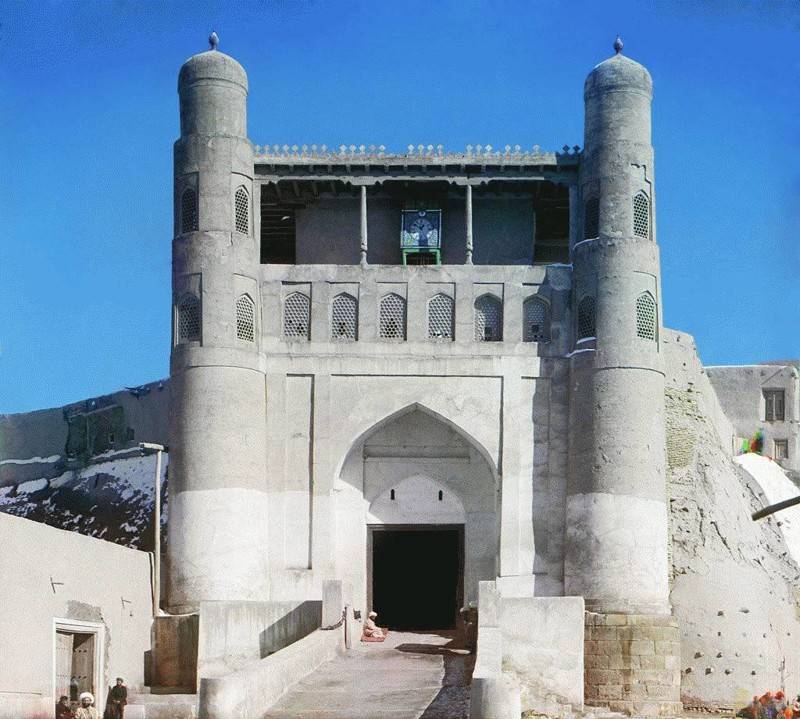
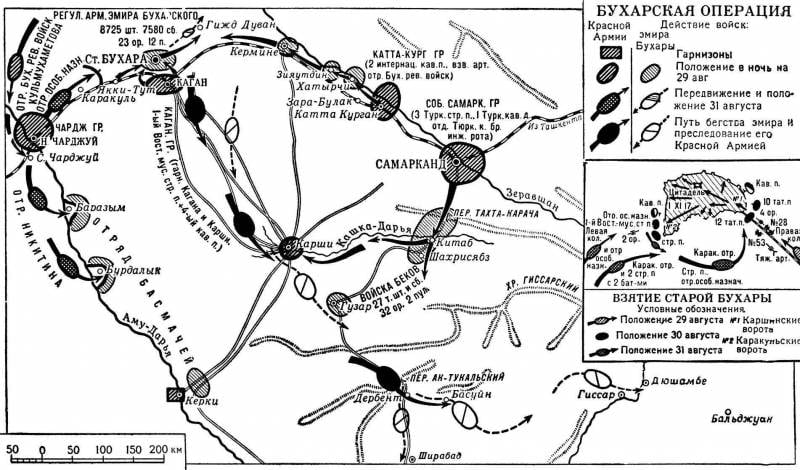
Information